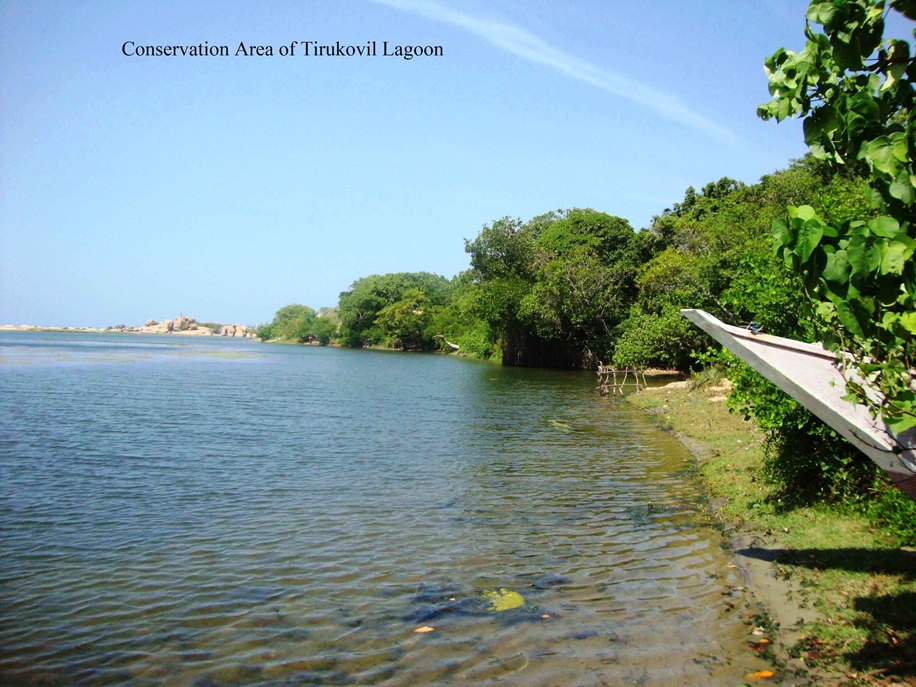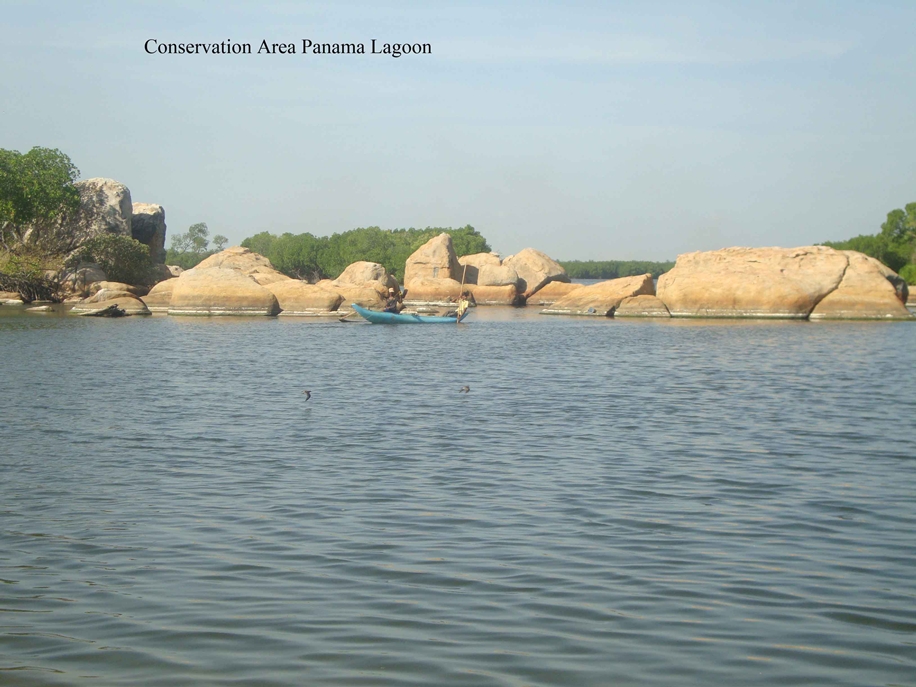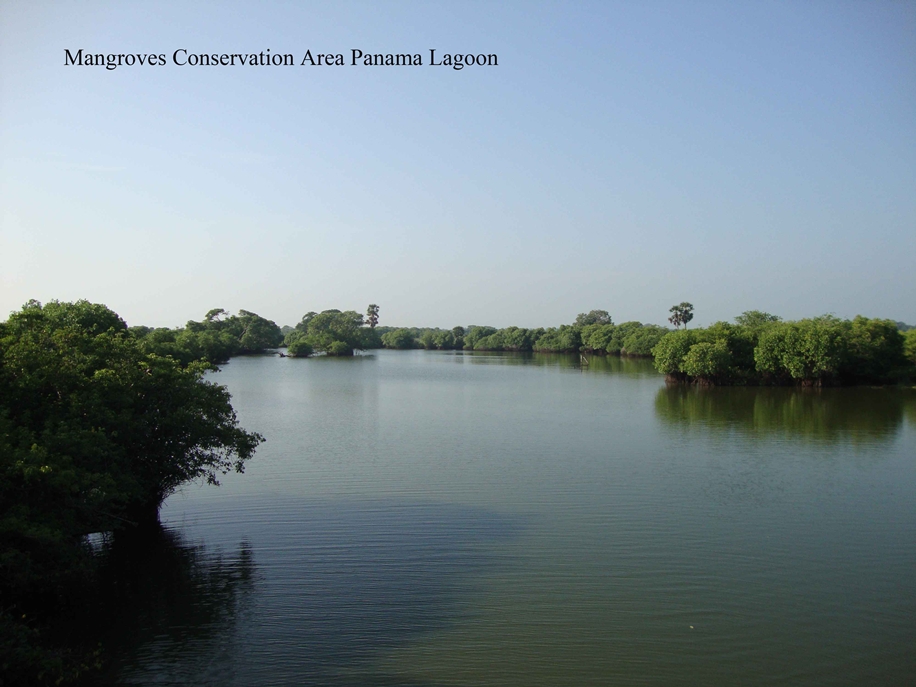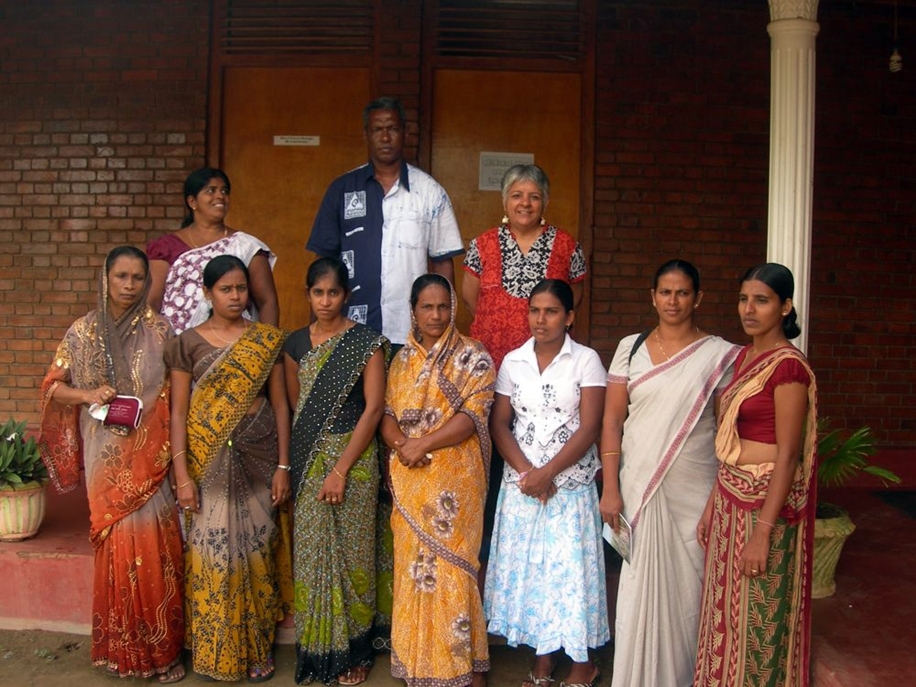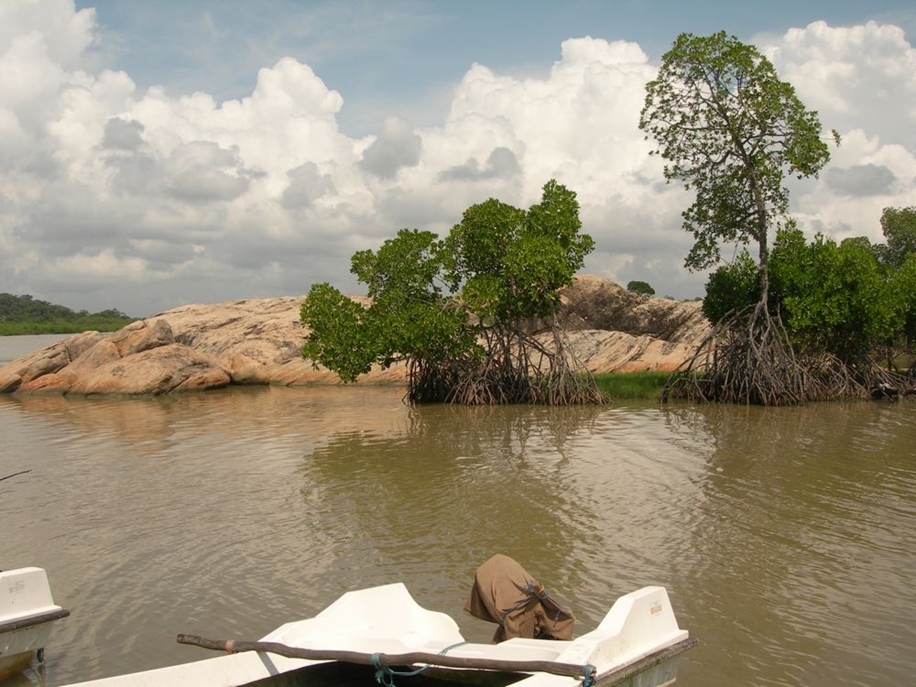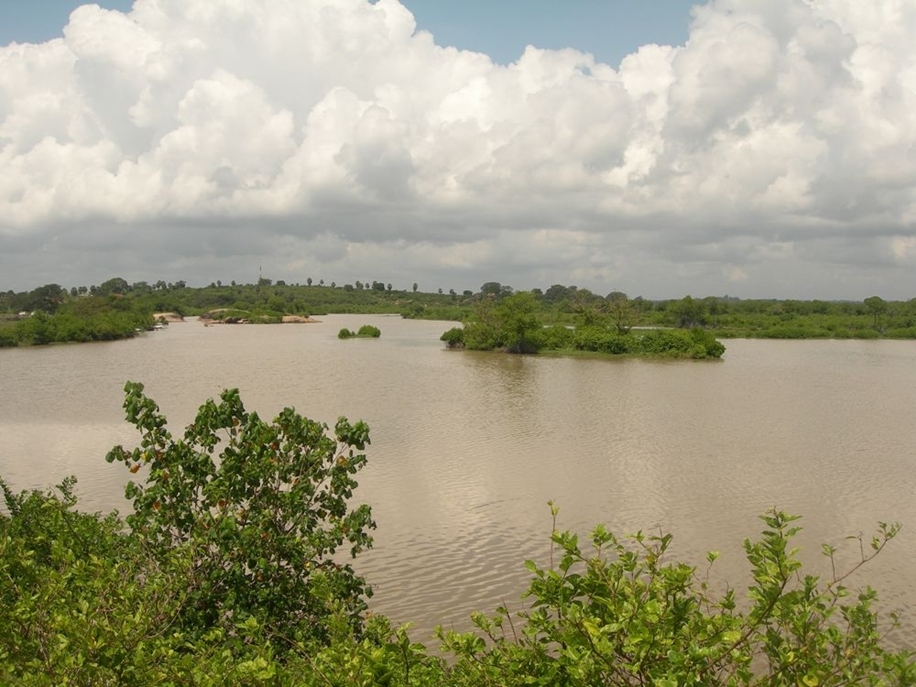Communities in eastern Sri Lanka are slowly recovering from the 30-year civil war that ended in 2009. The communities continue to feel losses; they have been displaced from their original homes, 22 percent of families lost their breadwinners, and 38 percent of children lost their schools. The majority of women are destitute (29,856 total in the province). Most of them engage in shallow-water fishing, which means they depend on the coastal lagoon system. But the war caused great destruction to these mangrove lagoons. The natural tidal system and drainage were blocked, and fish breeding grounds dried up. The estimated loss of coastal forest and swamp in the Ampare District is 2,965 acres.
To help restore these crucial ecosystems, the community will protect 2,965 acres of coastal swamp and mangrove area. Within this area, they will replant 642 acres with 260,000 mangroves and protect it as a demonstration area. More than 420,000 schoolchildren in the Eastern Province will have access to the center. Widows and school dropouts will be engaged in conservation activities, and will learn business skills without damaging the coastal environment. The area will be protected for at least 10 years.
The Small Fishers Federation of Sri Lanka (SFFL or Sudeesa) will use a Seacology grant to build a resource conservation and livelihood development center. Women and school dropouts, mainly from the Tamil community, will receive vocational training. Seacology partnered with Sudeesa to fund the Kiralakele Mangrove Resource Centre in the country’s south.


